| Don't like ads? | No ads |
*Bourbon Culture is reader-supported. When you buy through links on our site, we may earn an affiliate commission.
I have to admit that this is my first review of a Bardstown Bourbon Company Discovery bottle since Discovery #4. The reason why I stopped at #4 was because their blends were moving away from being strictly Kentucky and Indiana blends with easy-to-decipher lineage. The blends began to include Dickel, Canadian Whisky or bourbon from Georgia (that’s definitely NOT from 13th Colony). I don’t have an issue when those get added to a blend, but at that point I’d probably just go buy the newest Barrell batch and save myself $40-50.
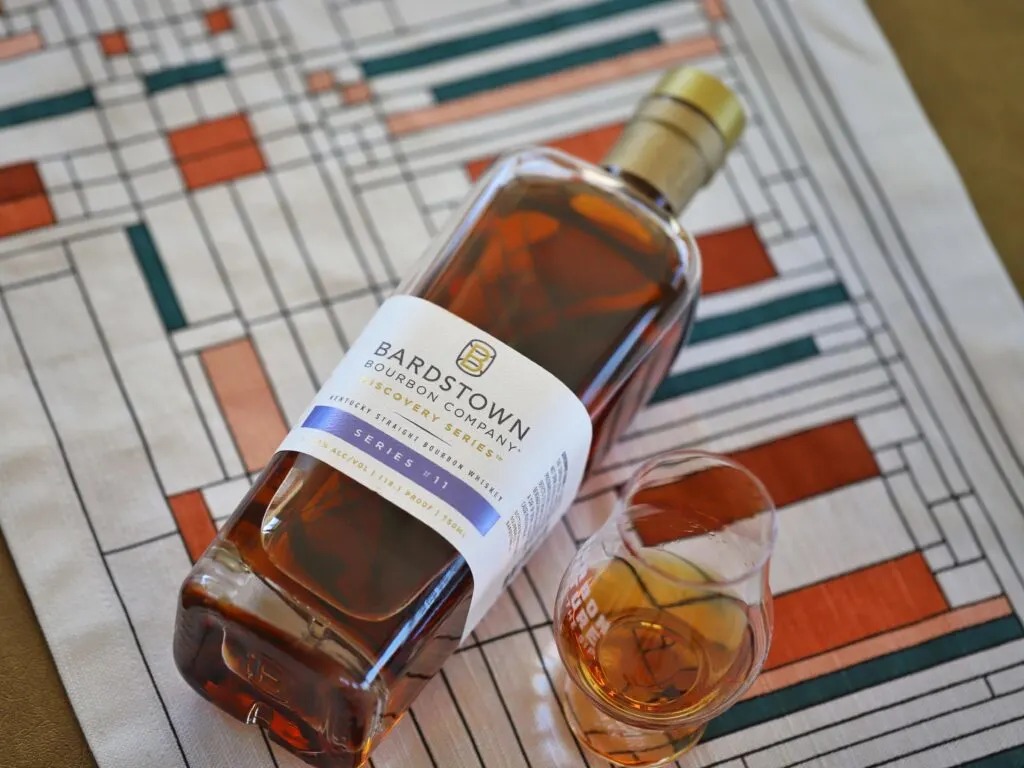
This does not mean I don’t like BBC or what they’re doing in the whiskey world. The more I learn about this company, the more I’m a fan. I love everything about their transparency, their contract distillation program, their location in Bardstown and most importantly – the whiskey they put out. I’d say they have a bright future, but the future is already here and they’re killing it.
Jim Beam vs Wild Turkey – the subject of today’s debate
All Bardstown products put a list of the mash bills (both their own and the ones they sourced) on the side of their bottles. They’ve done it from the start and are the real heroes of transparency. Knowing the standard mash bills of major distilleries goes a long way in determining the source of the whiskey they’re using. 78/10/12? That’s Heaven Hill. 74/18/8? That’s Barton. But 75/13/12? That’s a tricky one because there are two distilleries that have claim to it – Wild Turkey and Jim Beam.
Distilleries cannot trademark a particular mash bill. Instead, they usually take other steps to ensure that their mash bills can stand out. Most use proprietary yeast for fermentation. Others use different kinds of stills to make the distillate on. Even warehouse design, barrel types and the warehouse location they age their barrels on will contribute to a whiskey’s final flavor. What I am trying to get at is that if every bourbon producer used the exact same mash bill percentages, we’d still have a different tasting whiskey between them when all was said and done.

Wild Turkey only produces that one bourbon mash bill. But Jim Beam produces – by my count – at least four. Several years ago, when the review website breakingbourbon.com began to publish reviews, they listed most Jim Beam products as using a mash bill of 77/13/10. Recently their reviews for Beam products sprinkled in that the mash bill is 75/13/12. I think this confused enthusiasts and led to speculation on which one was the real one. To add to the confusion, a few years ago there was a mystery mash bill that hit the market that claimed it was 78.5/13/8.5 (some brokers have recently listed it as 79/13/8). That was later found out to be from Beam too. The common denominator among all of these mash bills is that the rye percentage remained constant. Therefore, the taste should be more or less the same.
The biggest question in the bourbon world right now: Does Discovery #11 contain barrels from Wild Turkey?
For years, I had assumed that when Bardstown Bourbon Company listed 75/13/12 on their label, that it was from Jim Beam. Why? Well, a few reasons. Number one, Wild Turkey is notorious for not selling their barrels on the open market. Sure, there have been exceptions to the rule, but they’re few and far between. Conversely, Jim Beam bourbon has more than a few instances of their excess whiskies ending up in the hands of other producers.
Secondly, the price point that those barrels of sourced Wild Turkey reach are always high and continue to climb. Single Cask Nation – a producer who sold at least two cask strength single barrels of Wild Turkey annually – charged $150 for 9-10 year old bourbon in the past (and now they’ve increased it to $250). Sourced 15 year old Jim Beam bourbon has been sold as low as $100 per bottle. So when I see BBC charging $130 for their Discovery blends, the math tells me that it’s Jim Beam. Producers don’t want to lose money on their liquid.
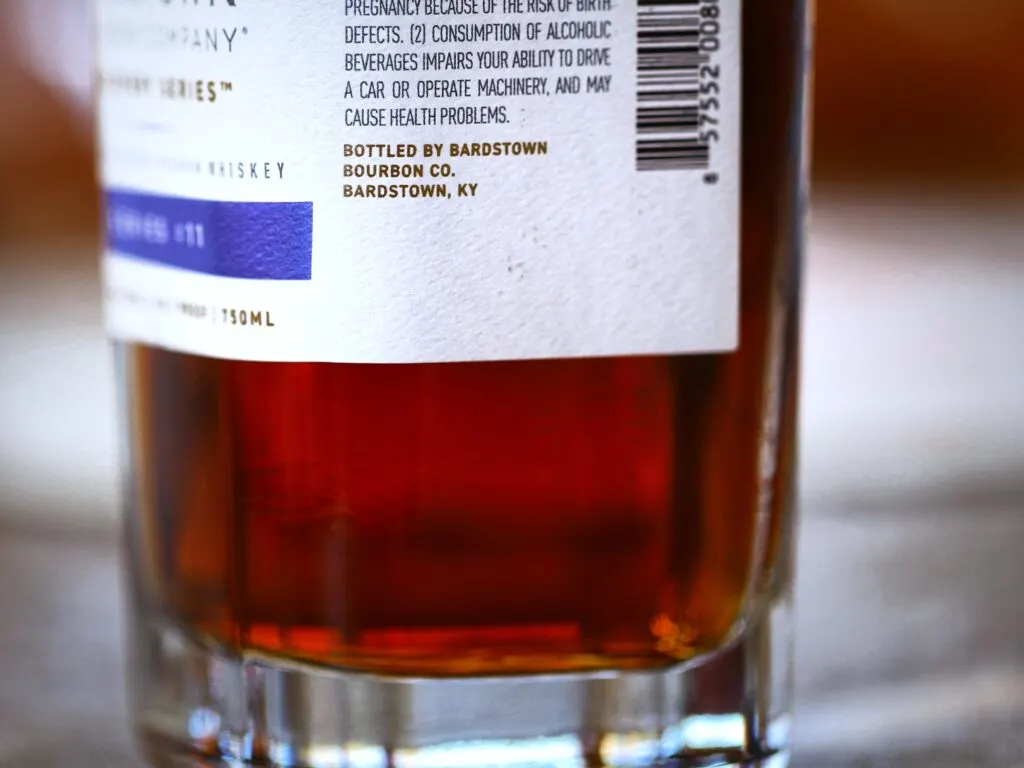
And finally, the question I bring up to everyone who says the 75/13/12 mash bill is Wild Turkey is that BBC has been using 75/13/12 in some shape or form for every Discovery release except for #8. In fact, it’s also found in a handful of their Fusion releases too. So when somebody says that Discovery #11 has Wild Turkey barrels in it, my response is “does that mean that all of the other BBC releases that used 75/13/12 barrels had Turkey in them too? And if so, why hasn’t everyone gone crazy over those ones? And if not, why are we assuming this one particular time that it’s Turkey?” This question always draws silence afterwards.
The case for these barrels being Wild Turkey
After publishing my article where I lay out why I don’t believe that this release has Wild Turkey in it, I received many messages from people who know somebody who works for BBC who told them it is Wild Turkey barrels (at least for Disco 11). Some have stories that went a little bit more in detail where Bardstown Bourbon bought those barrels when they were around 6 years old and have been aging them in their warehouses ever since. Others have said that these Wild Turkey barrels have been used once or twice for a few of the previous batches.
Let’s focus on the fact that Bardstown Bourbon Company might have bought these barrels 6 to 7 years ago when they were 6 years old. That would put the year of their distillation around 2010. And wouldn’t you know it, 2010 is right around the time where there was something weird happening at Wild Turkey. They were in the process of shutting down their old distillery building (known by many names including the Old Ripy Distillery, Boulevard Distillery, Austin Nichols Distillery, etc) and building their new distillery that is just called the Wild Turkey Distillery.
Turning on a new distillery isn’t as simple as resuming production with the same mash bill and yeast. It requires a lot of test batches to calibrate everything. This means that many barrels could have been filled that were not up to snuff before the distillery was fully operational in mid-2011. There is also some speculation that Wild Turkey was having some of their bourbon contract-distilled at another distillery during the transition. This would make a lot of sense when you consider the many rumors about W.B. Saffell, Duke Bourbon (the early stuff) and Four Gate Foundation 3 and 5 being barrels that claim they are “Wild Turkey” with an asterisk next to them. I’m sure there are a couple more examples I’m forgetting about. The bottom line is that after doing a lot of research, there seems to be some inescapable facts that say that there are some barrels that didn’t meet the Russell’s criteria for Wild Turkey products that were “disposed of” through brands that didn’t carry the Wild Turkey name.
So while I’m willing to admit that BBC Discovery 11 might contain Wild Turkey, I want to be clear that the barrels never made the grade of being a Wild Turkey product. That means that they shouldn’t taste or age like standard Wild Turkey. Also, BBC blended in their own 6 year old wheated bourbon into the mix which was supposedly matured (not finished!) in French Oak barrels. French Oak is a powerful wood type that can see many uses without much degradation in the tannins it imparts. What this means it that we might have a really tannic bourbon on our hands.
Now that I’ve written a freakin’ book, it’s time to finally taste this bottle. I sampled this neat in a glencairn.
Tasting Notes
Nose: A very fine nose that’s blanketed in caramel sweetness and vanilla custard/Nilla Wafers. For fruits, I’m picking up on cherry pie filling and some sort of generic berry scent that I can’t put my finger on. The oak is the sole tannic note on the nose. Throughout each sniff, I can also find a very slight nutty note. It’s somewhat simple overall.
Palate: The first thing my tastebuds zero in on is the unmistakable note of (flat) grape soda. I love to find this note and it doesn’t pop up a lot. It’s usually something I find in off-profile single barrels (like Eagle Rare). The grape soda is accompanied by raisins and cherry licorice. I’m assuming the licorice is from the high-rye nature of the mash bill from the 75/13/12. Other “rye forward” notes include sarsaparilla, floral notes and a hint of ginger. Spices include cinnamon and black pepper. The oak presence looms larger than I thought it would and the vanilla note gives the impression of sweetness. This is a really great mix of flavors!
Finish: The oak really ramps up on the finish. It’s much more tannic than it had been this whole time. I’m guessing that’s the French Oak from the wheated bourbon barrels. But luckily it’s not just a mouth-drying event at the end because there’s more grape (Welch’s Grape Juice) and raisins for sweetness and contrast. A nice amount of leather, too! The finish makes it taste every bit of the 13 year old bourbon that makes up a majority of the blend.
Score: 8.5/10
This is a helluva bourbon for the price. And while I’m not as enthusiastic as other reviewers, I can surely see why this is loved so much. I like everything about it from start to finish. I only wish it had more of the rye presence on the nose and finish that it did on the palate.

For me, the grape soda/juice note was my favorite part. There are many common notes in bourbon but it is the uncommon ones that make you remember a whiskey. Grape soda notes fall firmly in my most beloved (but rare) sensory notes like blackberry, peach and wood varnish. If you like your bourbon more on the classic side with a couple off-profile perks, this one’s for you.
Final Thoughts
Bardstown Bourbon Company’s Discovery Series has one huge strength: the blends of all-Kentucky bourbons. I would say I’m far and away from being a bourbon snob that rejects other state’s bourbon, but there’s something magical when BBC makes an all-KY blend. They deserve your attention not only because of the taste profile but also because so few other producers are doing blends this well.
Discovery Series #11 has hit pretty much every state it was going to be distributed to by now, so the question you have to ask yourself is how you can get a bottle if you missed the first wave. I can’t help you with that, but I can tell you that this one is as memorable as they come, so try to find it. And as to whether or not those barrels really did contain Turkey, in my experience it didn’t really come off like a Turkey product to me, but that’s not what should sell you on this bottle anyway. It’s simply a great Kentucky bourbon at a fair price for what you get. That should be considered enough to sell itself.
Featured Products
- Neat Traveler

- View Larger
- Description:The Aged & Ore Neat Traveler is a complete travel kit for spirits. We combined our widely praised Neat Glass with one of our 3oz Flight Bottles and housed them together in a custom EVA travel case. Perfect for a night away with your favorite pour. The tie
- Bottle Flight
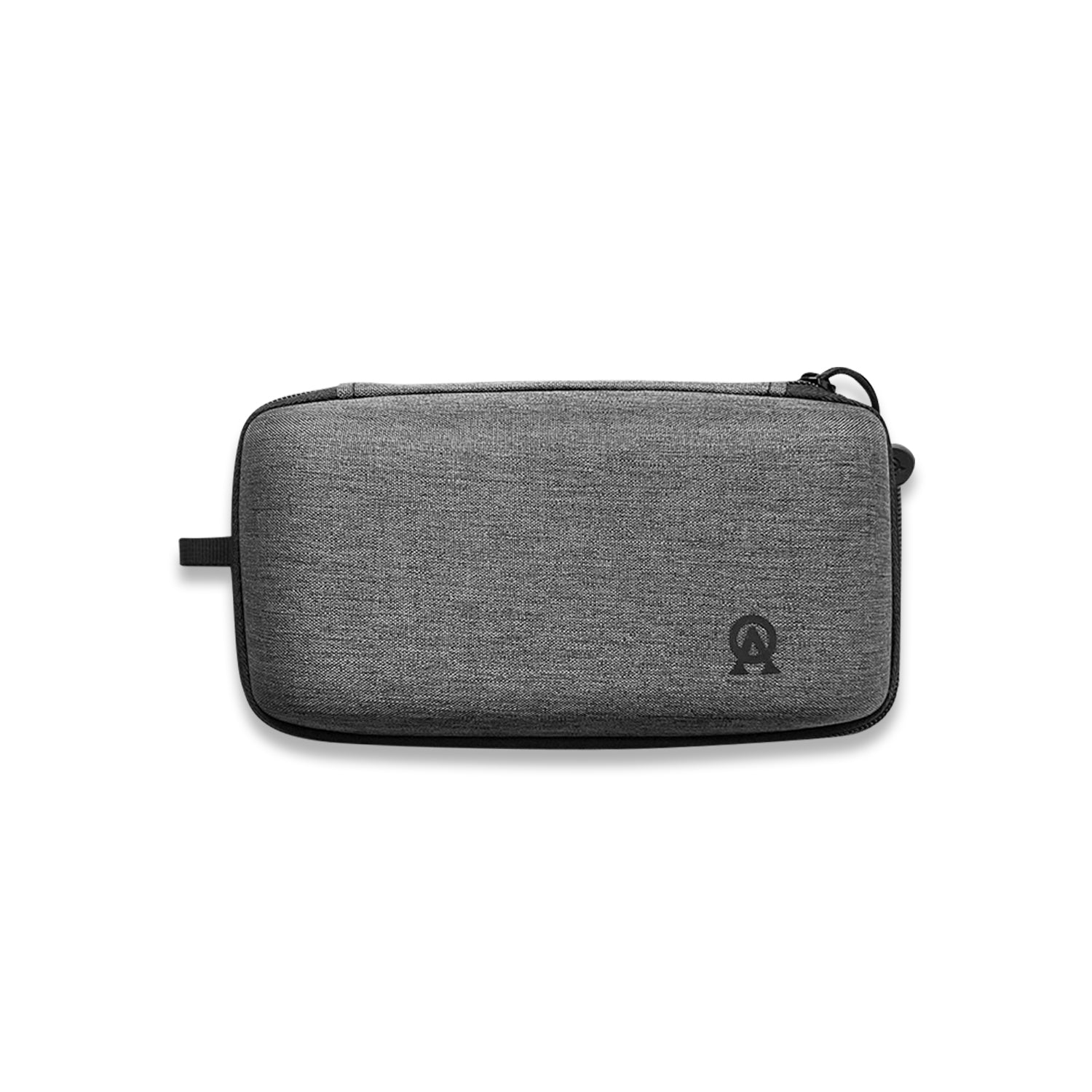
- View Larger
- Description:The Aged & Ore Bottle Flight is a premium set of 4 custom silicone wrapped glass bottles designed to transport and share samples of your favorite spirits. The flight bottles come in a custom EVA travel case that fits perfectly in any small bag. An Aged &
- Travel Bundle
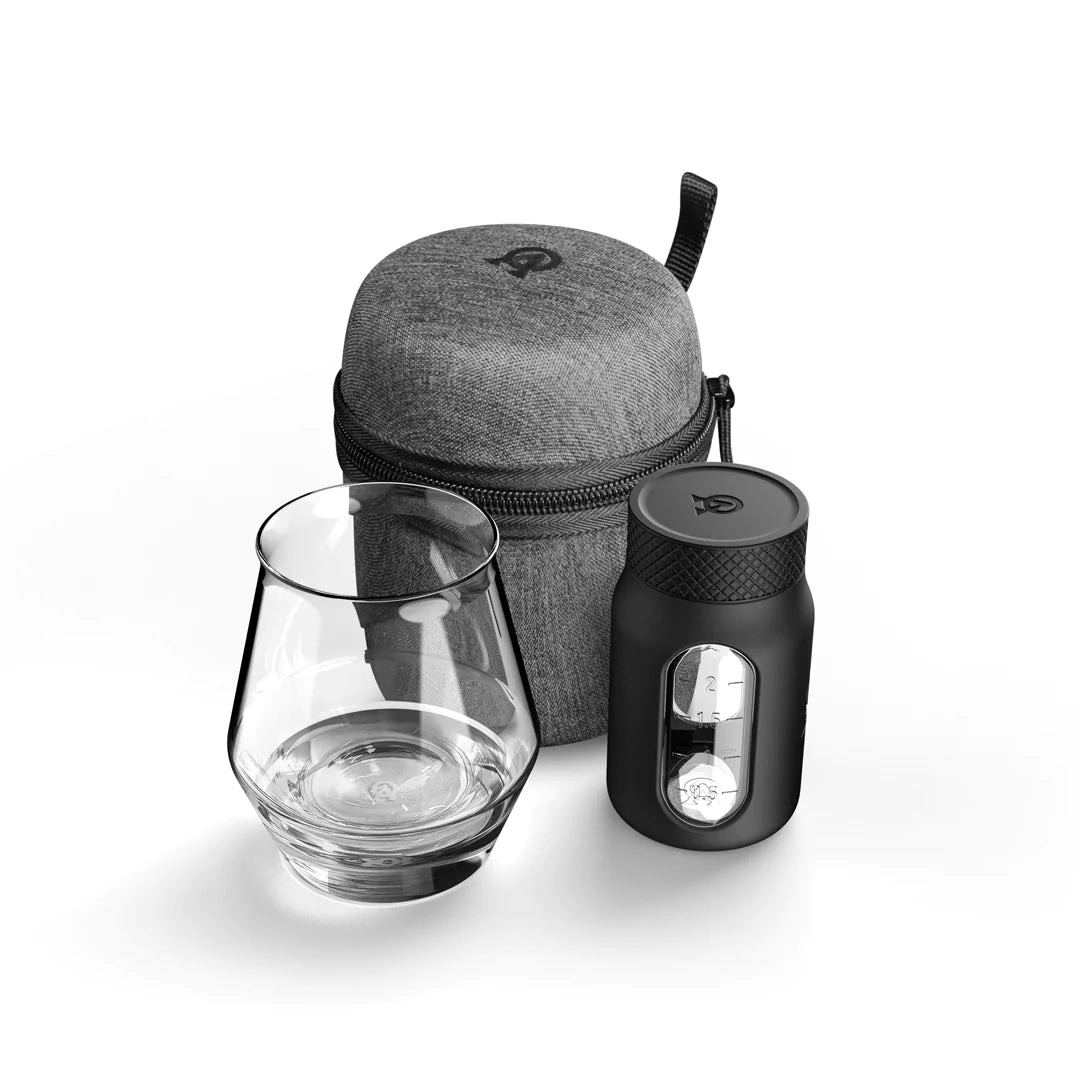
- View Larger
- Description:This Bundle combines two of our crowd favorite products, creating the ultimate travel bundle to bring along your favorite spirits and glassware. Bundle Includes: Neat Traveler (Gray) Bottle Flight (Gray) Note: This bundle is only available in gray and col
*Bourbon Culture is reader-supported. When you buy through links on our site, we may earn an affiliate commission.

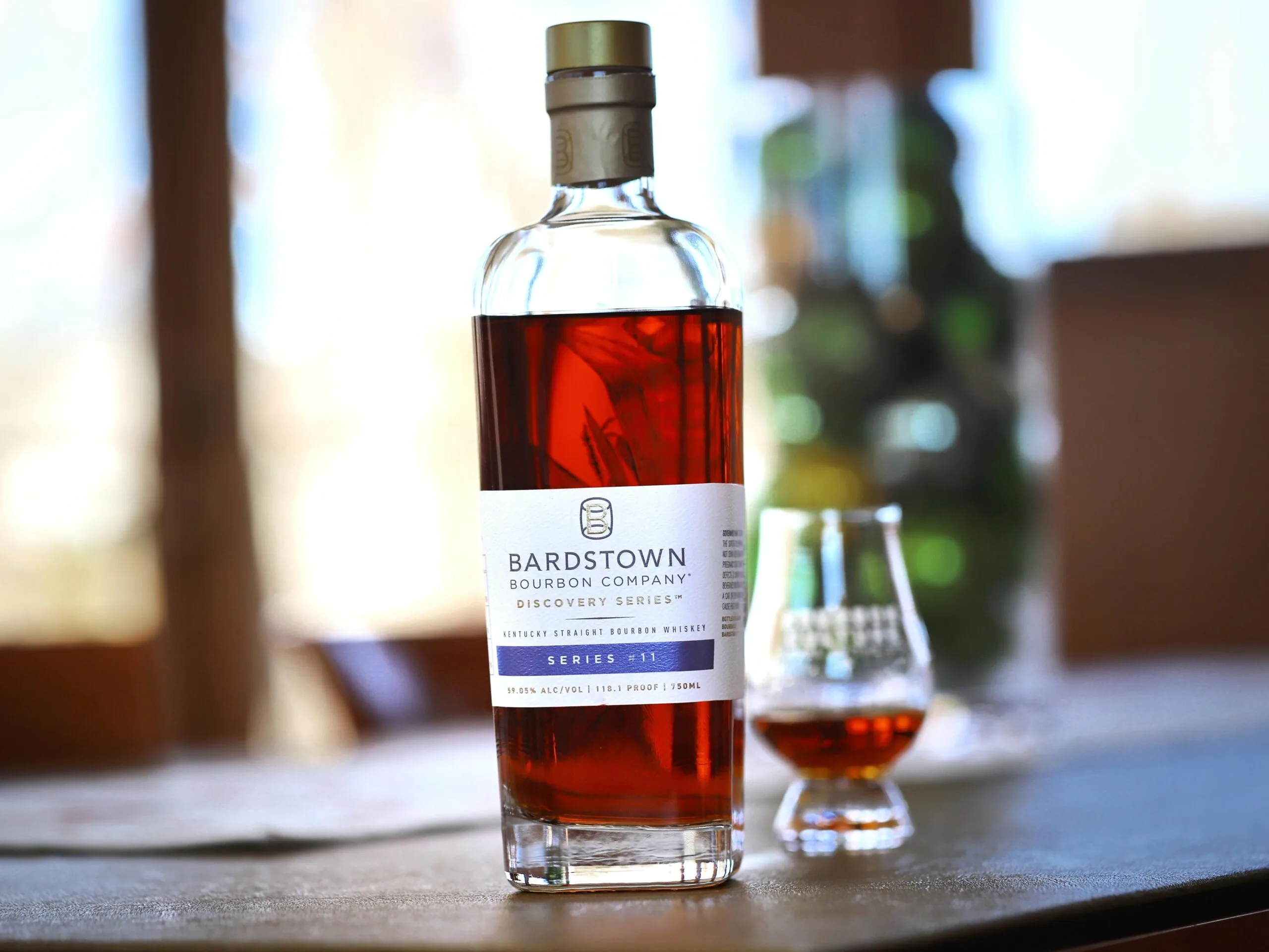
Phil
Wednesday 17th of January 2024
Found this super interesting to read through. I just bought a Fusion #9 and one of them is listed as a 75/13/12 but it's a 12 year. Would your hunch be that it's also JB vs WT?
Phil
Wednesday 17th of January 2024
@Mike & Mike, Thanks! Appreciate the insight.
Mike & Mike
Wednesday 17th of January 2024
At this current time, with information dropping about just how much WT barrels they did buy, I'd say it's a high likelihood that could be true.